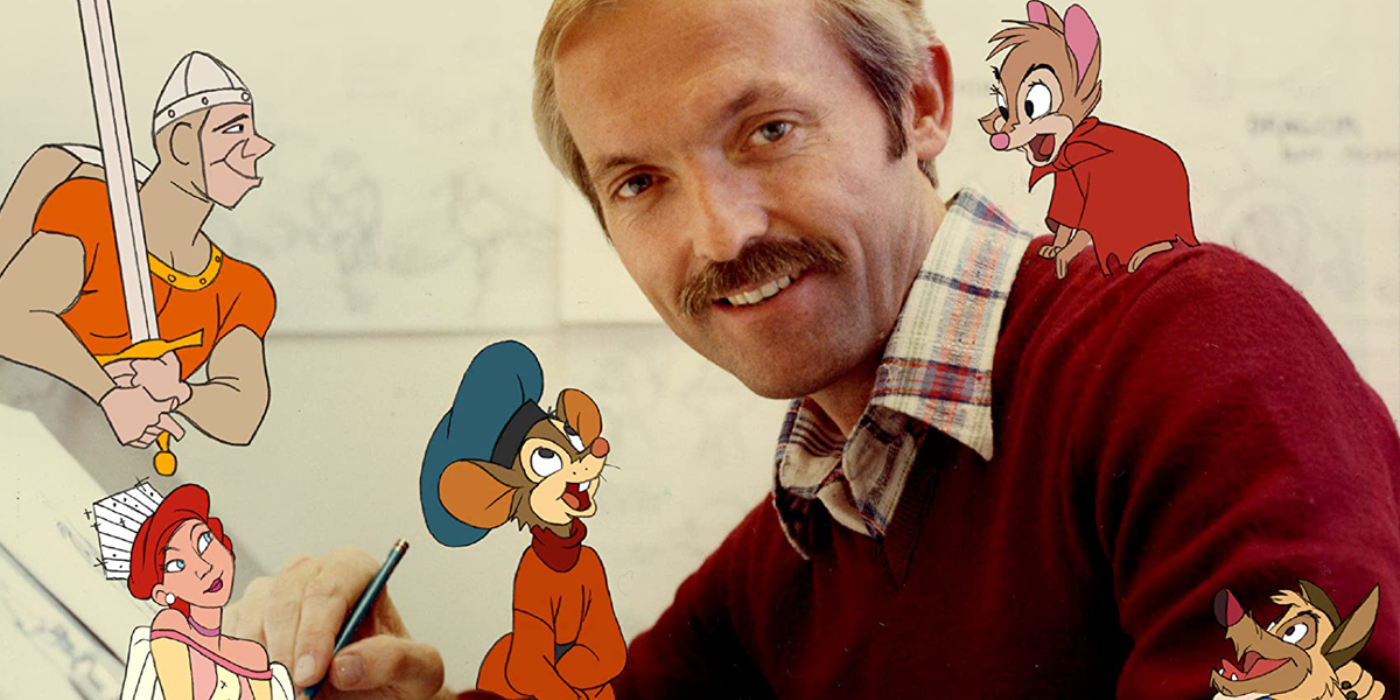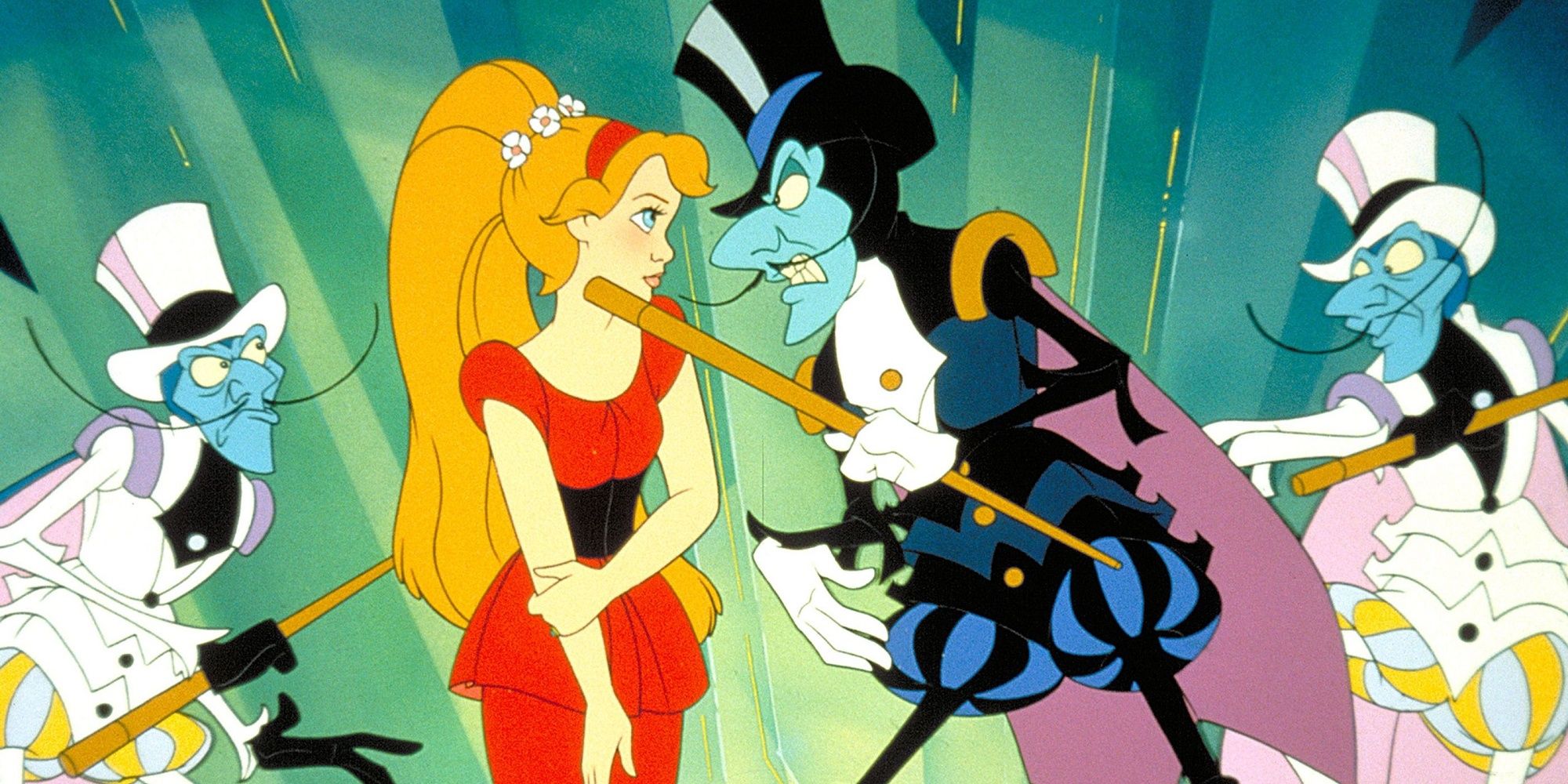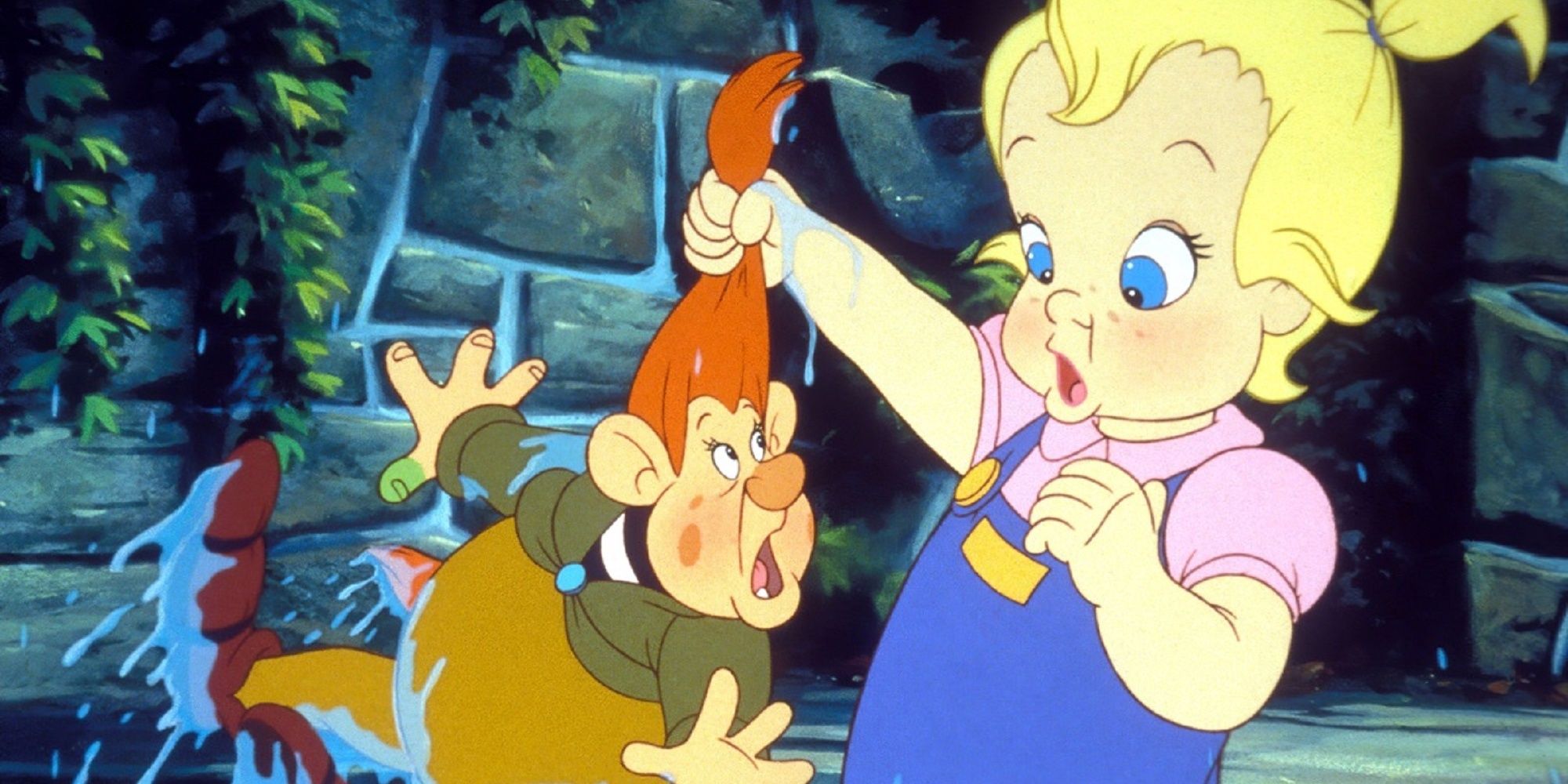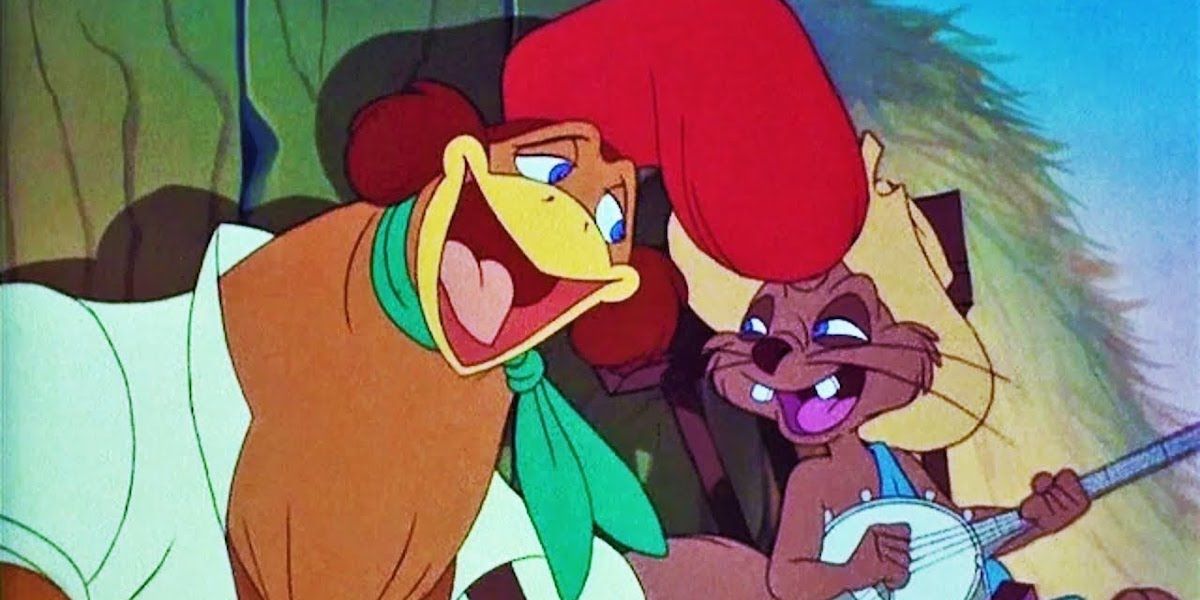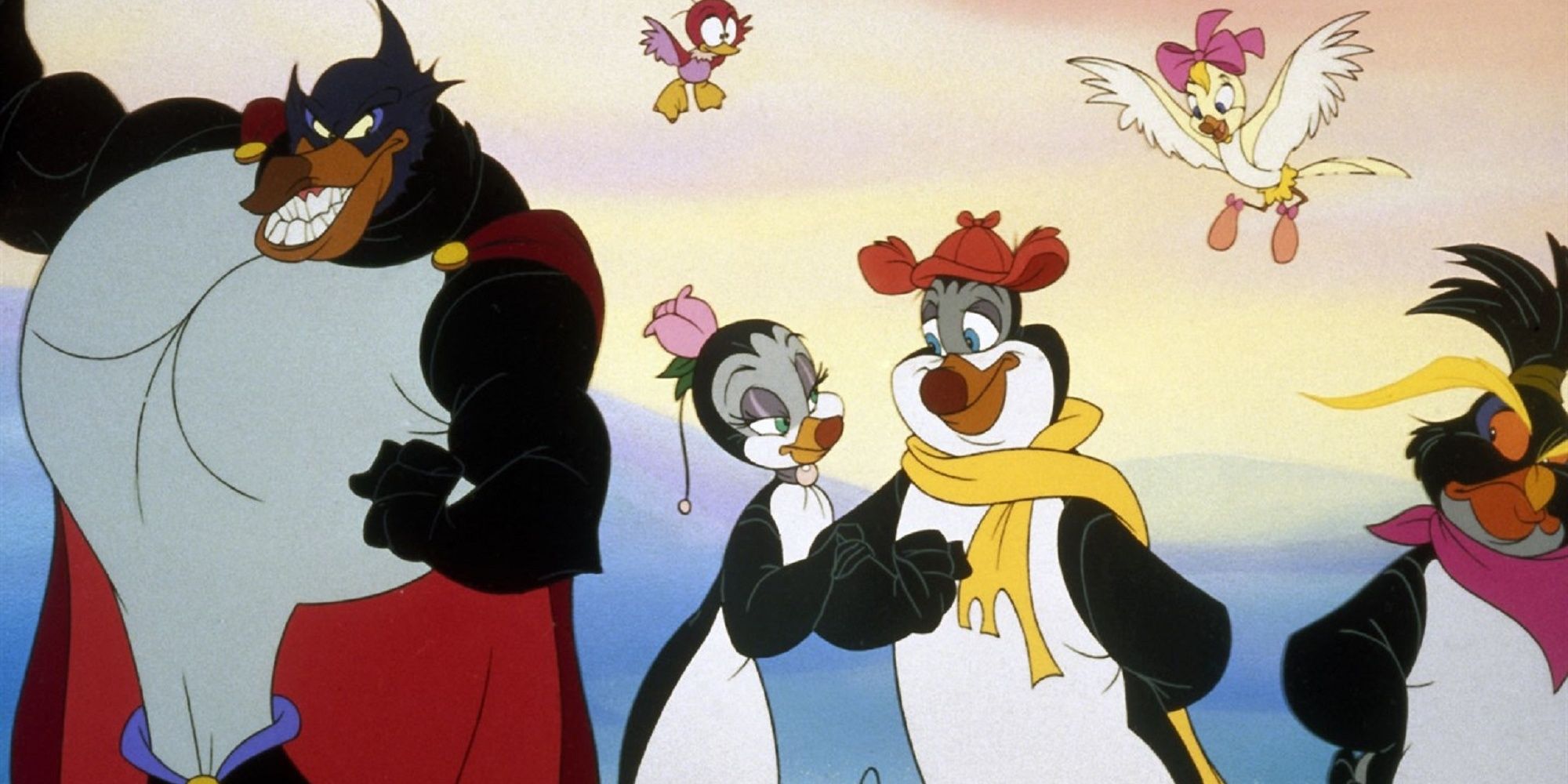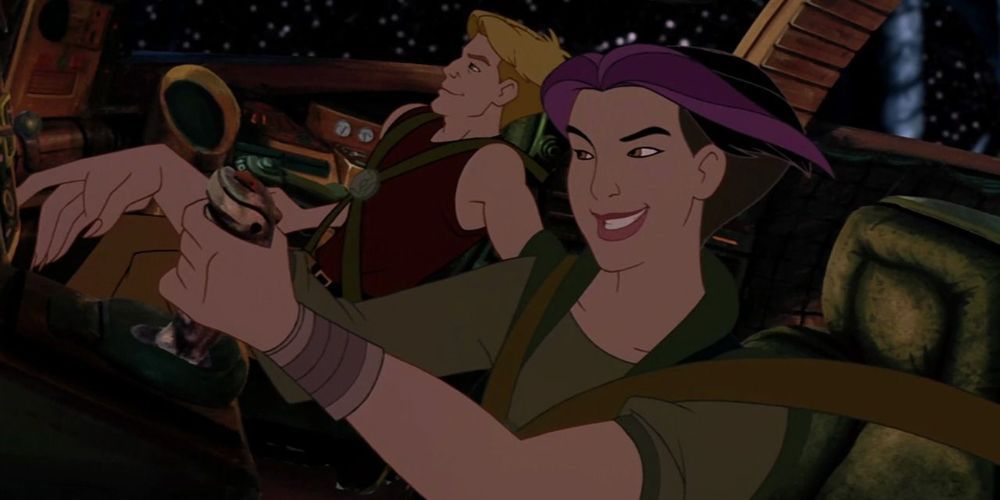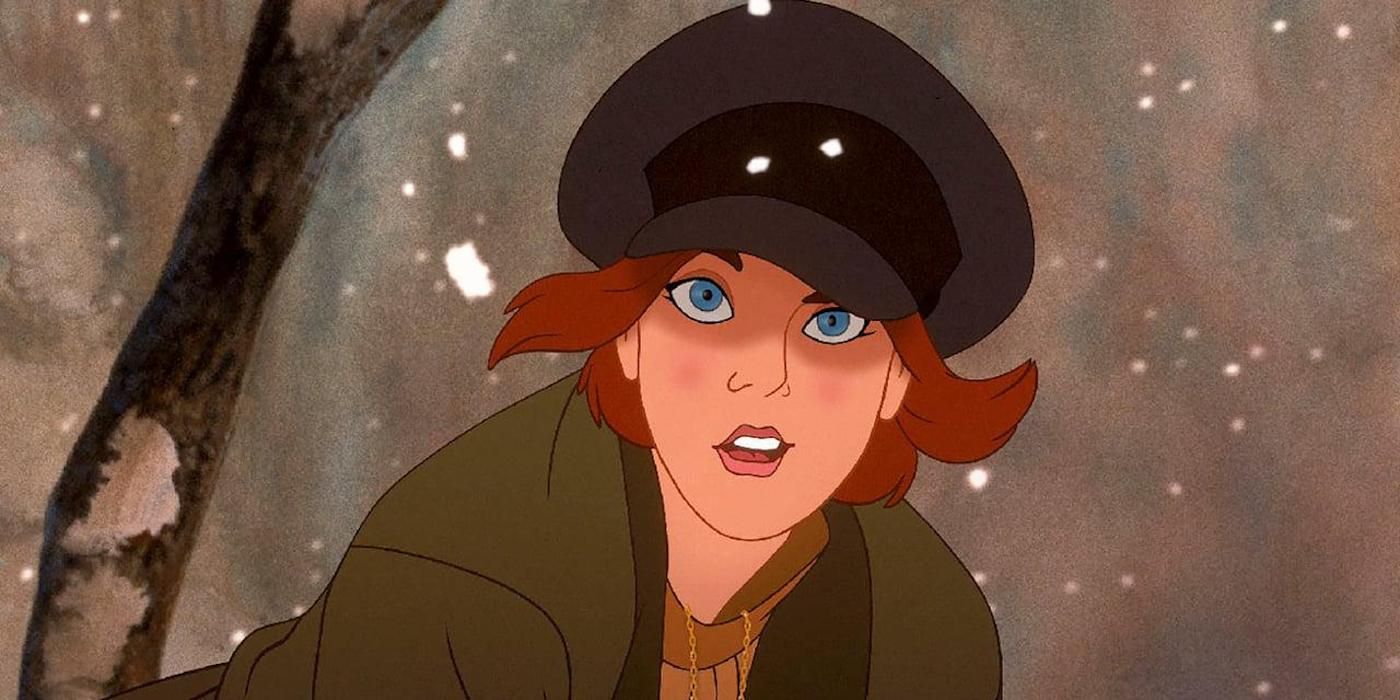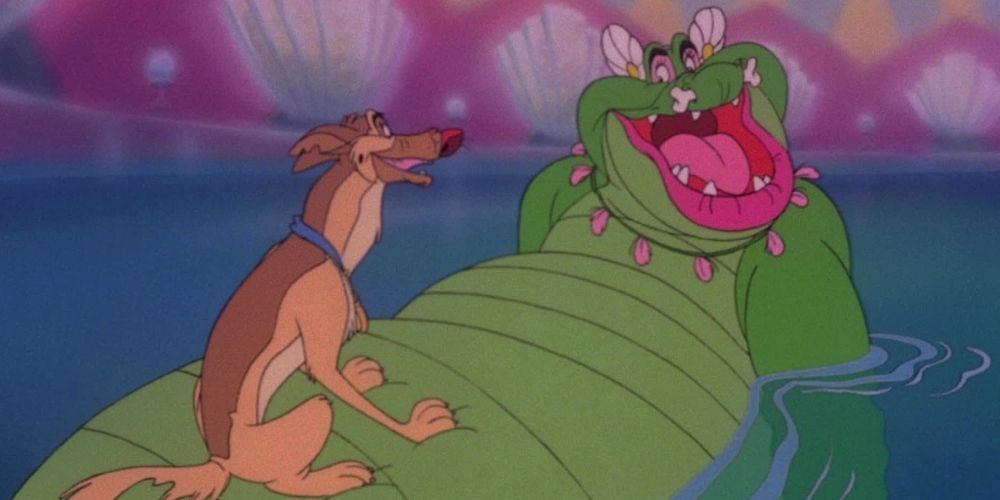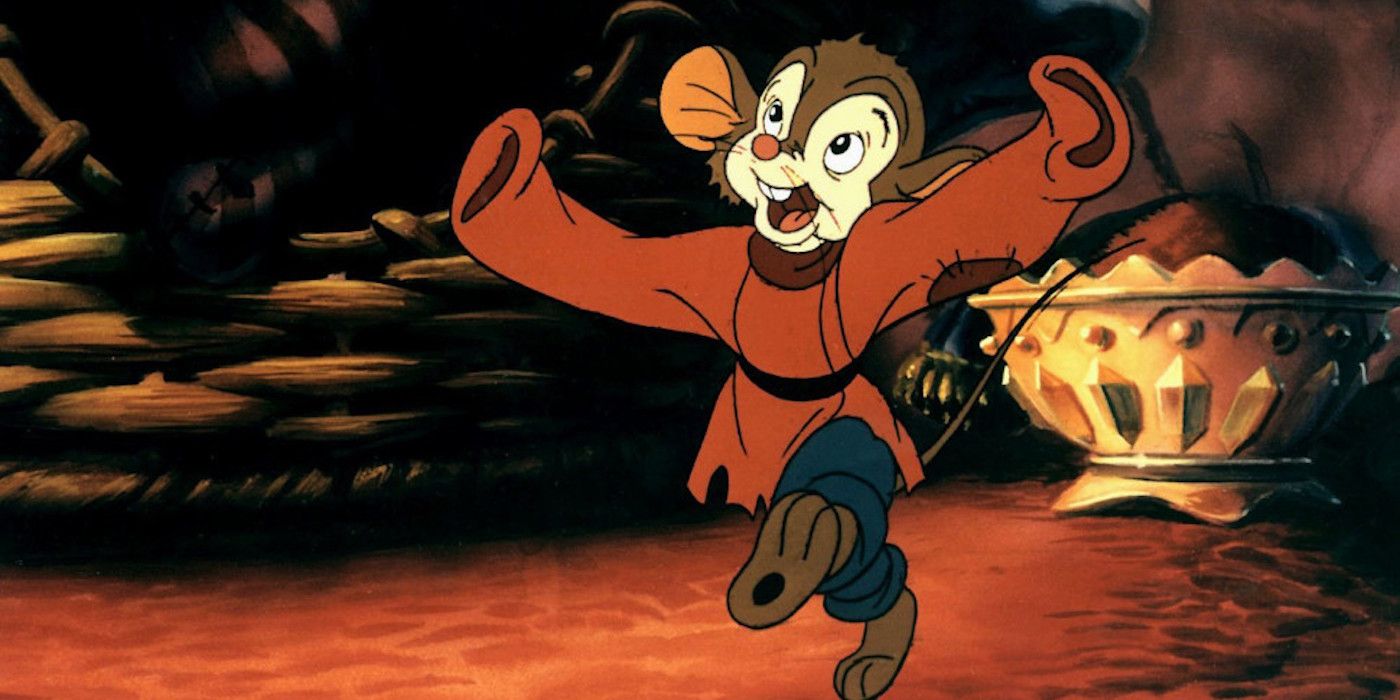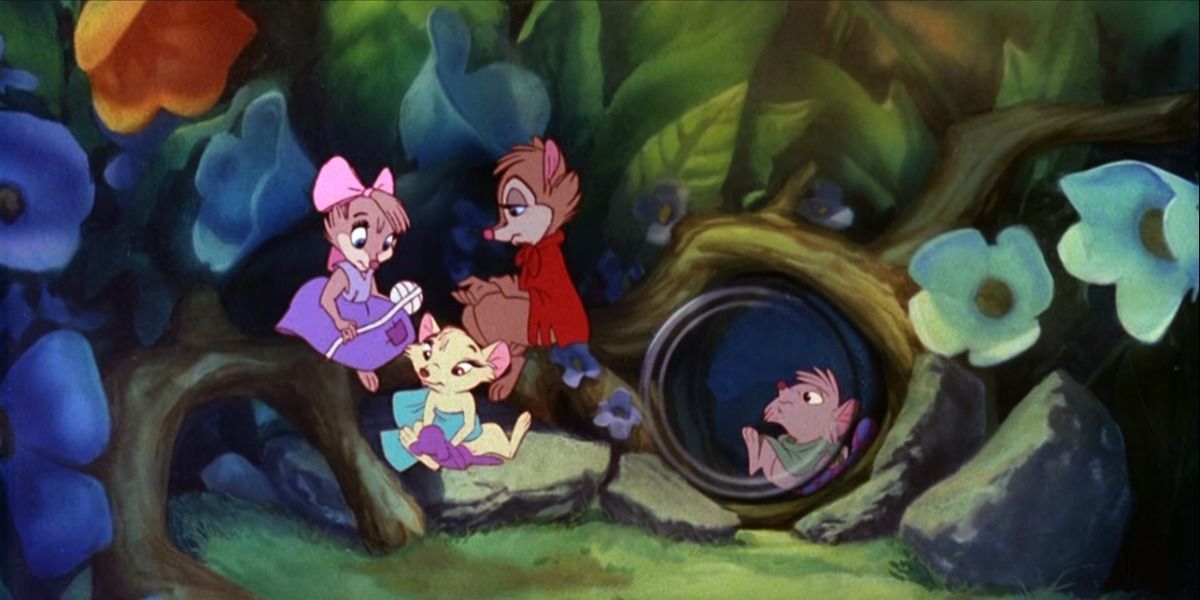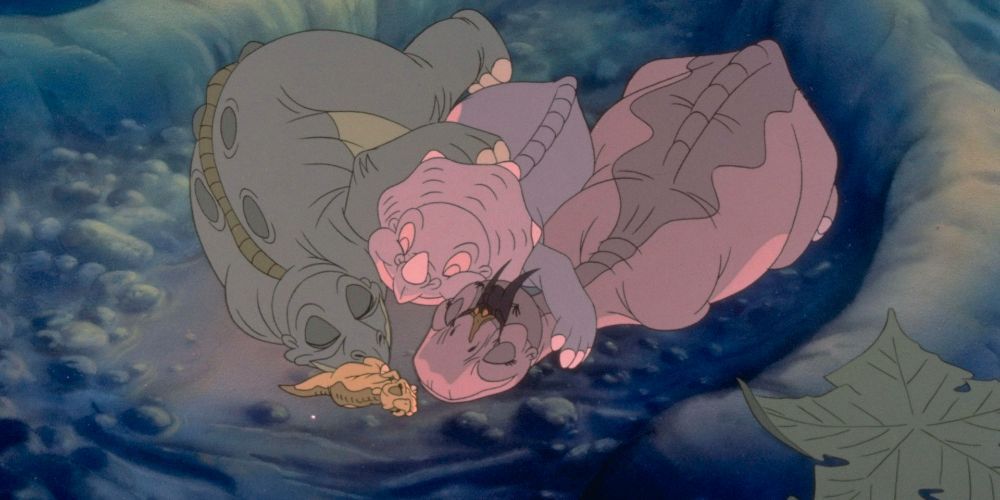Don Bluth left Disney in 1979 after mounting frustration with the company's leadership and treatment of their animated movies. He wanted to return animation to the days of Walt Disney, both as an art form and a storytelling medium. With this vision, he would release ten theatrical films from 1982 to 2000.
Bluth's movies are remembered for their detailed animation and dark imagery, especially compared to other children's movies at the time. Some of them even managed to challenge Disney financially and critically. However, behind-the-scenes troubles and the rise of the Disney Renaissance resulted in some truly scatterbrained products.
10) 'Thumbelina' (1994)
When an old woman plants a magic seed in her garden, it grows into a tiny girl she adopts as a daughter. She falls in love with the prince of the fairies before being separated during a midnight ride. As they try to reunite, all manner of garden critters become enraptured with Thumbelina and wish to marry her.
Thumbelina suffers most among Bluth's 90s productions because it lacks stakes. The story of a little girl avoiding marriage proposals by toads and moles feels watered down compared to Buth's previous works. It also suffers from trying to copy Disney's winning formula for animated 90s musicals, right down to casting Jodi Benson as a curious red-haired girl with a beautiful singing voice.
9) 'A Troll in Central Park' (1994)
In the kingdom of trolls lives Stanly, a troll who grows flowers and is sweet and kind compared to his brutish kin. This enrages their queen, who is convinced by her husband to banish Stanly to a place where nothing grows. She chooses New York City, where Stanly meets two children in Central Park and helps them discover the power of dreams.
Many consider this to be Bluth's lowest point, but the film just barely has a better narrative than Thumbelina. Stanly goes through a minor character arc, and the inclusion of young children adds some stakes. However, the film is too childish for general audiences, replacing Bluth's signature scary imagery and heavy themes with pastel colors and dancing flowers to entertain very young children.
8) 'Rock-a-Doodle' (1991)
As a storm rages, a boy named Edmund reads about a rooster named Chanticleer, who could raise the sun with his crowing. When Edmund calls for him, he is turned into a kitten by the Grand Duke of Owls, who wants Chanticleer gone to bring eternal night. Teaming up Chanticleer's friends, Edmund heads to the city, where the rooster works as an Elvis-inspired rock star.
If none of that made sense, you can understand why this film was in development limbo since the days of Walt Disney. It is a scatterbrained movie that is difficult to follow: one moment, the story is a children's book in the real world, and the next, Edmund is walking through a city of anthropomorphic animals by his house. Yet this mad lib style gives the movie a unique charm and memorability.
7) 'The Pebble And The Penguin' (1995)
The final film before Sullivan Bluth Studios closed for bankruptcy follows Hubie, an Adele penguin who finds a beautiful stone to propose to his girlfriend with. Unfortunately, he is intercepted by Drake, a buff penguin who also wants her. Now lost at sea, Hubie teams up with a rockhopper penguin with dreams of flight so that he can get back home.
Pebble and The Penguin almost works as a movie. The voice cast is strong, including Martin Short, Annie Golden, and Tim Curry, and it still boasts Bluth's detailed animation. What holds it back is the story, which starts off as an underdog love story, only to shelve the love interest and turn into a buddy road trip film.
6) 'Titan A.E.' (2000)
Bluth's final film is set in a universe where Earth was destroyed by a race of aliens who feared humanity's new Titan Project. Cale Tucker, whose father worked on the Titan, learns that it still exists and can be used to help humanity start over. With a map placed in his father's ring, Cale and friends travel across the universe while evading the same aliens who destroyed Earth the first time.
Titan A.E. is Bluth's highest concept film, boasting older characters struggling to survive in a harsh science-fiction galaxy. His style fits well with sci-fi, creating some very stand-out alien designs. Unfortunately, it came out the same year as sci-fi disaster Battlefield Earth, and during an era where CGI movies spelled the end of hand-drawn.
5) 'Anastasia' (1997)
Young Anastasia Rominoff's world comes to an end when her family is overthrown in the Russian Revolution of 1917. She is separated from her grandmother in the confusion and hit her head, growing up with amnesia. Years later, two con-men hire her to help them claim a reward from her grandmother, which helps the lost princess regain her memories.
Anastasia succeeds where Thumbelina fails thanks to its writing. The story is told in a whimsical style, but with actual stakes and a character who grows and changes over the course of her adventure. Ironically, with Disney's acquisition of 20th Century Fox in 2019, Bluth's most successful Disney clone became a Disney Princess.
4) 'All Dogs Go to Heaven' (1989)
Burt Renolds plays Charlie, a dog killed by his business partner, Carface, so that he can take over their casino. Arriving in heaven, Charlie steals a pocket watch that represents his life and rewinds it to get his revenge, though he will go to hell if it ever stops functioning. He gets his old friend played by Dom Deluise in on the scheme, but things get complicated when they rescue an orphaned girl who can talk to animals.
While not able to out-compete Disney's The Little Mermaid, it's a solid movie with strong themes of morality. The main character is probably the most morally complex in Bluth's catalog, being a swindler who happily breaks the law for his own profits. The film also boasts some of Bluth's darkest imagery, including a demonic nightmare where Charlie witnesses his potential fate.
3) 'An American Tail' (1986)
On a voyage from Russia to America, Fievel Mousekewitz is separated from his family. He arrives in New York City and is subjected to a harsh community looking to take advantage of his vulnerability. However, with the help of some kind souls, he is set on the right track to find his family and maybe inspire an opposition movement among his fellow immigrants.
An American Tail saw Bluth team up with director Steven Spielberg, who wanted to dip his toes into animation. His addition adds much heart and warmth to the movie, which helps off set the heavy subject regarding the treatment of immigrants. It would become Bluth's first success against Disney, out-grossing The Great Mouse Detective and becoming the highest-grossing animated feature for its time.
2) 'The Secret of NIMH' (1982)
Recently widowed Mrs. Brisby is desperate to save her family. With her youngest son sick from pneumonia, she can't take him outside, even though the farmer will begin working his field soon. She seeks out the rats who live in the farmer's rosebush, famed for their intelligence, and gets wrapped in a deadly political game linked to her deceased husband.
Bluth wanted this movie to recapture the magic of Snow White and the Seven Dwarfs, and in many ways, he succeeded. Animation-wise, the film is a masterpiece, boasting incredible detail and lip-movements so precise you could understand the characters with no dialogue. Yet the character of Mrs. Brisby is the film's true success, resulting in one of the greatest portrayals of the power of motherhood in cinema.
1) 'The Land Before Time' (1988)
With George Lucas, Kathleen Kennedy, and Frank Marshall as producers, and James Horner's music, Spielberg and Bluth created the story of Littlefoot, a young Brontosaurus traveling to a valley paradise. After losing his mother, Littlefood joins with other orphaned dinosaurs and tries leading them based on his mother's stories. It won't be an easy journey, as the different species have been raised not to trust one another.
All this talent created a timeless tale of loss, tests of faith, and overcoming prejudice, told through the eyes of children. Though the kids are instructed to stick to their own kind, they are not yet set in their ways and prove that a better world can be created by working together. The film spawned a massive franchise of DVD sequels, though Bluth did not work on any of them.

